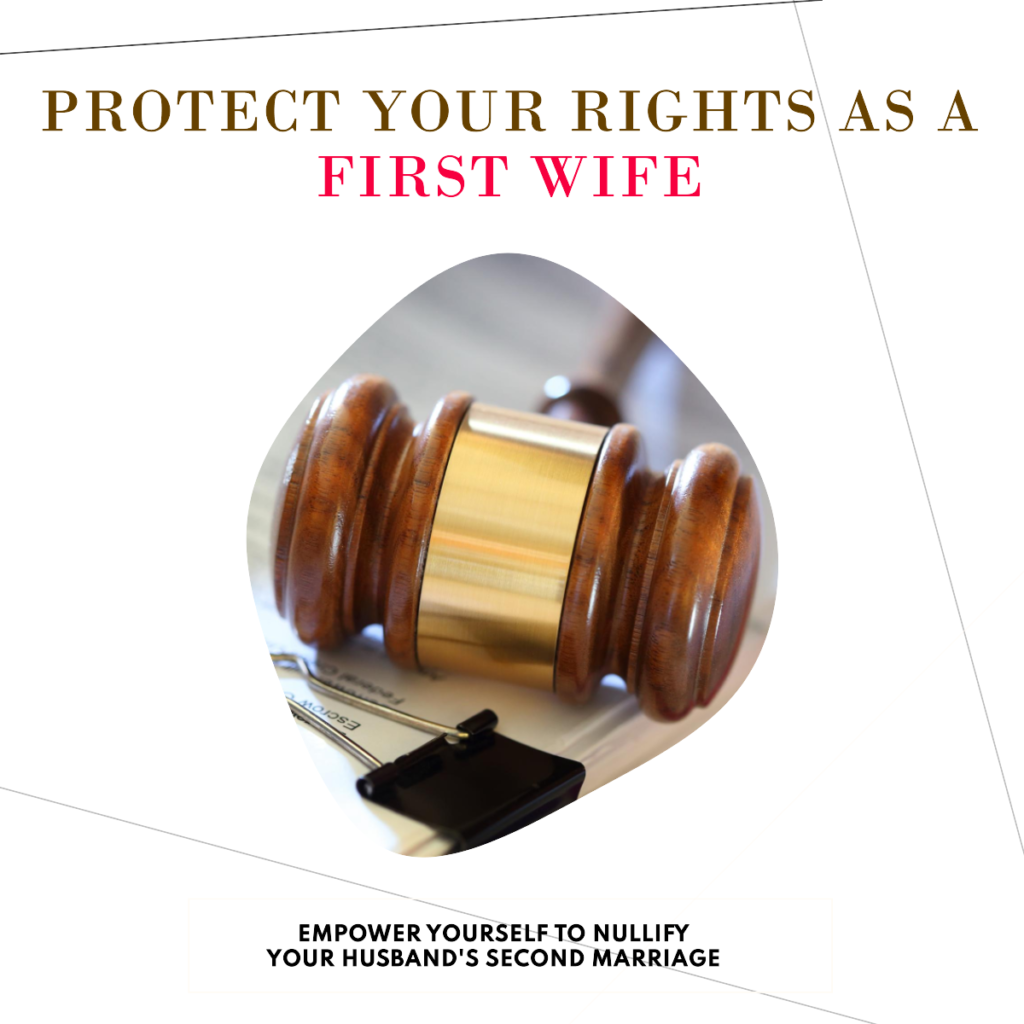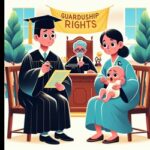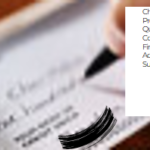Empowering the First Wife: Application Under Section 11 to Nullify the Second Marriage

Second Marriage: The Allahabad High Court has pronounced a judgment that underscores the paramount importance of adopting a pragmatic and harmonious interpretation of vital provisions within both the Hindu Marriage Act, 1955, and the Family Courts Act, 1984.
Second Marriage Case
Allahabad High Court:
G- Singh vs P Singh And Another on 27 July, 2023. Bench: Saumitra Dayal Singh, Vinod Diwakar
The Objective of Legal Harmonization-Second Marriage
The judgment highlights that both the Hindu Marriage Act, 1955, and the Family Courts Act, 1984, aim to foster social stability, safeguard individual rights, and promote family well-being. To achieve these goals effectively, the Court must embrace practical and realistic interpretations of these acts.
Pragmatism and Harmonization in Legal Interpretation
The Court’s approach blends legal principles with the evolving dynamics of modern society. This ensures equitable and impartial resolutions for all parties involved. The Court achieves this by reconciling conflicting provisions and avoiding contradictions within the legal framework. Through these actions, the Court successfully adapts these acts to address the diverse needs of contemporary society
Eliminating the Practice of Polygamy
The judgment underscores, in unequivocal terms, that the Hindu Marriage Act, 1955, was enacted with a specific purpose. Its aim was to eliminate the practice of polygamy in Indian society. Moreover, it sought to establish a systematic mechanism for addressing such issues consistently and efficiently. Furthermore, the Court, displaying its commitment to respecting the historical context and original intent behind the act, strives diligently to interpret it. This interpretation aligns seamlessly with the overarching goal of eradicating polygamy
Interpreting the Family Courts Act
The judgment highlights the need to interpret the provisions of the Family Courts Act, 1984, harmoniously. Specifically, it emphasizes the importance of interpreting the phrase “either party thereto” in Section 11 of the Hindu Marriage Act, 1955, in a manner that is in line with the intent of the act.
Protecting Equal Rights and Welfare
A narrow, restrictive interpretation of the phrase “either party thereto” would undeniably and adversely impact the rights guaranteed under Article 14 of the Constitution. Furthermore, such an interpretation would not only undermine but also jeopardize the rights of the first wife. It would leave the protection offered under the Hindu Marriage Act significantly weakened and ultimately ineffective.
Beneficial Construction for Justice
The judgment asserts that even if there is ambiguity in the meaning of the phrase “either party thereto,” the principle of beneficial construction should be applied. This ensures that the remedies available under Section 11 are not unduly limited. This principle supports fair and just outcomes for the parties involved.
Conclusion: Upholding the Rights of First wife in Husband Second Marriage
In conclusion, the judgment affirms the family court’s decision, allowing the first wife to file an application under Section 11 of the Hindu Marriage Act to declare the second marriage illegal and void. This landmark ruling protects the rights of individuals under the Hindu Marriage Act and ensures that justice prevails.
This judgment underscores the importance of legal interpretation in harmonizing societal values, protecting equal rights, and achieving the underlying objectives of key legislations. It sets a crucial precedent for future cases and aligns the legal system with the evolving dynamics of modern society.



Leave a Reply